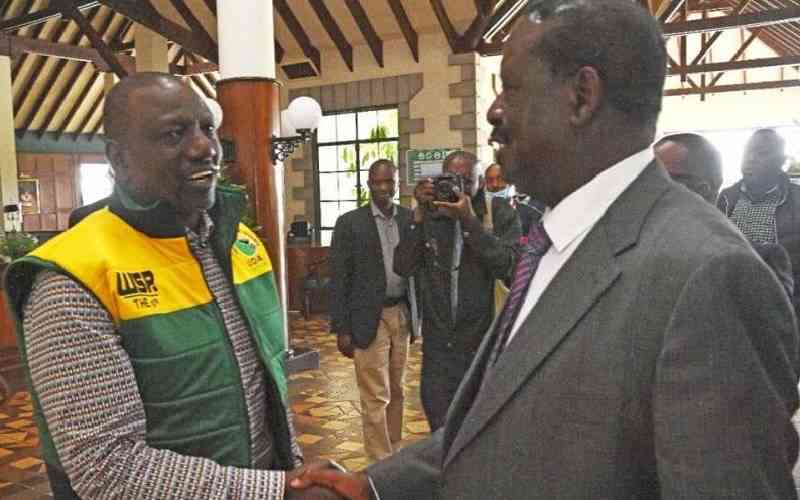×
The Standard e-Paper
Read Offline Anywhere

With three days to the elections, Azimio flag bearer Raila Odinga overtook his main rival Deputy President William Ruto in popularity surveys, shaping the contest for a two-horse race.
In the latest one conducted by Trends and Insights for Africa (TIFA) on Wednesday, Ruto was trailing with 42 per cent compared to Raila's 49 per cent.